Lobelia (Lobelia), which is part of the Bellflower family, is represented by shrubs, dwarf shrubs and herbaceous plants, among which there are both annuals and perennials. Some scientists believe that this plant is a representative of the Lobelievye family. The name Lobelia was given to the flower in honor of Matthias de L'Aubel, a botanist from the Netherlands, who was director of the Royal Botanic Gardens under Jacob I. In nature, this plant can be found in almost all parts of the world, but most often they are found in the subtropics and a little less often in areas with a temperate climate. Today this genus unites about 300 species. Some of these types are used in the manufacture of medicines that treat lung diseases.
About 20 types of lobelia are grown by gardeners. It is very easy to grow this flower from seeds in your garden, therefore it is recommended to pay attention to it for beginners in gardening.
Content
Brief description of cultivation
- Landing... Seeds for seedlings are sown in early February, and seedlings are planted in open soil after 8-10 weeks (about mid-May).
- Bloom... It starts in May and ends in September.
- Illumination... Needs lots of bright sunlight.
- Priming... Loose sandy loam or loamy, not too nutritious.
- Watering... The soil is often moistened, especially in hot weather. When growing ampelous species and varieties, they are watered twice a day.
- Fertilizer... For top dressing use a mineral complex fertilizer for flowering plants. The first time fertilizer is applied to the soil after half a month after planting the seedlings in the garden, and the second and third - during flowering. It is not recommended to use organic fertilizers for feeding.
- Reproduction... By dividing the roots and by seed. Terry varieties are propagated exclusively by cuttings.
- Harmful insects... Aphids, spider mites and slugs.
- Diseases... White mold, rust, leaf and stem bacteriosis, leaf bronzing virus.
Features of lobelia
Perennial lobelia, as a rule, is cultivated as an annual in mid-latitude gardens. It is a compact spherical bush, the height of which can vary from 10 to 20 centimeters. However, there are such species and varieties, the height of which can reach up to 150 cm. Thin shoots of lobelia begin to branch from the very base.Lush alternate foliage grows on the stems, the plates of which are whole lanceolate. On short pedicels, two-lipped axillary flowers are formed, reaching 20 mm in diameter. The color of the flowers depends on the variety and can be purple, violet, white, dark blue or blue. As a rule, lobelia blooms in June and ends in September. In place of flowers, many fruits are formed, which are multi-seeded capsules. Lobelia seed remains viable for three years. This flower has been cultivated since 1861.
Growing lobelia from seeds
Sowing
Lobelia is most commonly propagated by seed. Therefore, its cultivation begins with sowing seeds into the soil. It will take only 8 to 10 weeks from the moment of sowing, and young bushes will begin to bloom.
Gardeners prefer to grow this flower through seedlings, while sowing is carried out in early February. To do this, take cassettes for growing seedlings, their cells should have a height of about 50 mm. At the bottom of the cassettes, you need to make a drainage layer, for this you can use small pieces of bark or expanded clay. From above, the drainage is covered with a layer of light soil, which must be kneaded well, before that it is combined with river sand and coconut fiber. Moisten the substrate well and wait for it to settle. After that, evenly distribute the seeds over its surface, they must first be combined with sand. It is not recommended to deepen the seed material in the soil mixture, as in this case the seedlings may not appear. Sprinkle it on top with a thin layer of sand, which will save the crops from rapid drying. From above, the container should be covered with glass (film), after which it is transferred to a well-lit window sill, do not forget to protect crops from direct sunlight.


Watch this video on YouTube
Seedling care
Excessive moisture in the substrate will do much less harm to seedlings than dry substrate and excessively warm and dry air. Because of this, thinning of the plants is observed, which leads to their death. In this regard, if the air temperature in the room is above 22 degrees, then the crops must be covered with a film on top and do not forget to moisten them in a timely manner. In order not to overwhelm the seedlings and not to chill them, it is recommended to water through the pan (bottom watering). Young lobelias grow much better in the cool than in the heat, especially when you consider that they can withstand a decrease in air temperature to minus 2 degrees.
During the first four weeks, the seedlings will grow extremely slowly, but then they will begin to grow much faster. After the height of the plants reaches 30–40 mm (this happens a couple of months after sowing the seeds for seedlings), they should be cut into 100 ml cups, with 3 or 4 seedlings being planted in each of them. When the height of young lobelias is 60–70 mm, they need a pinch, as a result the bushes will grow more lush. Flowers appear already on seedlings.
Landing in the garden
As a rule, grown lobelia seedlings are transplanted into open soil from mid to late May after the threat of recurrent frosts has been left behind. A suitable site should be well lit, while the soil needs loose, not very nutritious loamy or sandy loam. When preparing the soil for planting seedlings, too much nitrogen should not be added to it, otherwise the bushes will grow lush, but they will bloom very poorly. All seedlings in one cup (3 or 4 pieces) must be planted in one planting hole. When preparing the holes, keep a distance of 10-15 centimeters between them.
If you decide to grow ampelous lobelia, then also start by sowing seeds for seedlings.The seedlings that appear are looked after in the same way as described above, however, the grown seedlings are transplanted into hanging baskets or pots. Ampel varieties will be an excellent decoration for loggias, balconies, indoor and outdoor spaces, as well as windows on the outside of the building.
If you don't want to grow lobelia seedlings annually, then you can resort to the following trick. In the fall, dig up the bushes and overwinter in a cold greenhouse, this will allow you to grow the plant as a perennial. Also, those varieties that you really like can be planted in a pot and brought into the house with the onset of autumn. Bushes should overwinter in a well-lit and cool place. With the onset of spring, cuttings are cut from the bushes, which are planted for rooting in individual containers. After the cuttings have roots, they can be transplanted into the garden. This method of propagation is also used in the case when the gardener is afraid that when a certain variety is propagated by seeds, the grown flowers may lose the varietal qualities of the parent plant.


Watch this video on YouTube
Lobelle care
Watering
It is quite simple to care for lobelia, therefore it can be easily grown on its site by both an experienced gardener and a beginner. The most important thing for good flower growth and development is regular watering. Make sure that the soil around the bushes is always slightly damp. Particular attention should be paid to watering during dry hot periods. When growing ampelous varieties, you need to remember that the bush will have to be watered systematically twice a day.
Pruning
In order to preserve the decorative effect of the bushes, they should be cut off in time. It is recommended to prune the bushes at the end of the first flowering. Shoots are shortened to 50 mm from the soil surface. After a little time, new stems will grow and the bush will bloom again, as a rule, the repeated flowering is more lush and spectacular.
Top dressing
During the summer, such flowers are fed twice or thrice, for this they use a mineral complex fertilizer.
Post-flowering care
The finally faded bushes can be dug up and disposed of together with other annual crops, having previously collected seed material, if necessary. True, the bushes can be removed from the site in the spring, but in this case self-seeding of lobelia will occur, while the grown bushes will begin to bloom much later than those grown through seedlings. Therefore, if you wish, in the fall, collect seeds from the bushes you like, and in the spring use them for sowing. Seed collection is carried out as follows: cut the bush and shake it over a newspaper leaf. Anything that falls on paper is sifted and the seeds are put in a paper bag or matchboxes for storage. Remember to sign the species, variety and date of collection.
Types and varieties of lobelia with photos and names
Annuals
There are types and varieties of lobelia that are cultivated exclusively as annual plants. For example:
Lobelia erinus
Or curb lobelia, or black lobelia, or blue lobelia. This species has 5 forms, namely: dwarf, erect, spreading, climbing and compact. The following varieties are most popular: Riviera Sky Blue - flowers are painted in a sky-blue shade; Reggata blue - blue flowers; Reggata Rose - pink flowers.
Lobelia valida
This species is very similar to the compact form of lobelia erinus, however, it differs in stronger shoots and succulent foliage, as well as large flowers that have a blue or purple color with a white speck in the middle.
Lobelia ampelous Ricardi... Her bush is larger and more powerful than climbing varieties of Erinus. This plant is a hybrid, and only cuttings are used for its propagation.
Lobelia tenuior
The height of the bush varies from 0.25 to 0.35 m, and white, blue or lilac flowers reach about 20 mm in diameter.
Perennial
As both a perennial and an annual culture, the lobelia speciosa (Lobelia speciosa) is grown. How perennials are cultivated the following species and varieties:
Lobelia brilliant (Lobelia fulgens)
Or fiery lobelia. Depending on the variety, a bush about 0.75 m high can be decorated with red or green leaf plates. The most popular variety of this type is Queen Victoria: the bush reaches a height of one and a half meters, and it is decorated with scarlet flowers.
Lobelia dortmanna
This species is endangered, so it was listed in the Red Book. In nature, it can be found growing at a depth of 0.6–0.8 m in coastal areas on a sandy clean bottom. Bell-shaped flowers are most often painted in pale blue, but can be dark red or white.
Lobelia gerardii
The species is highly resistant to frost, it is able to withstand temperatures down to minus 29 degrees. The height of the bush is about 1.25 m, it is decorated with spike-shaped inflorescences. The best variety is Vedrariensis.
Lobelia purple (Lobelia cardinalis)
Or purple lobelia, or cardinal lobelia. The height of the bush is about 100 cm. The species was so named for the color of the flowers; the Queen of England Henrietta-Maria compared it with the color of the stockings of Cardinal Richelieu.
Lobelia sessile
In this poisonous species, during flowering, rare one-sided apical racemose inflorescences appear, consisting of lilac or blue flowers. The species is resistant to frost, but if the winter is too cold or with little snow, then it is recommended to cover the site with a layer of mulch.
Lobelia blue (Lobelia siphilitica)
Or syphilitic lobelia. This species came to Europe from America. The dense ears that adorn the bush are composed of purple-blue flowers. The name of the species comes from the word "syphilis", because it was previously believed that this flower is capable of curing this disease, but after a while it turned out that this was not the case. The species did not become popular in Europe, but it is actively used by breeders to obtain hybrids. For example, the popular hybrid Compliment was created by crossing purple, blue and shiny lobelia.
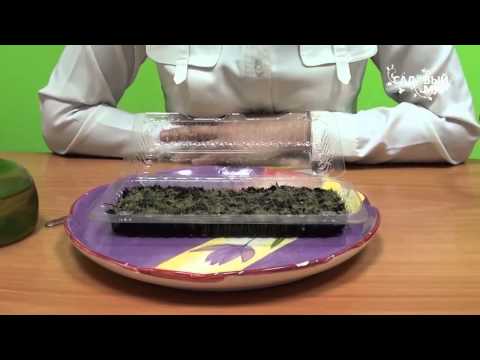

Watch this video on YouTube

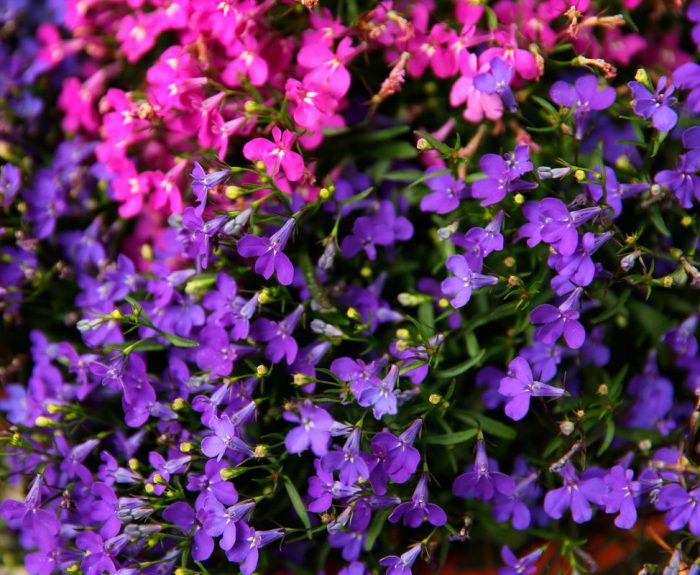
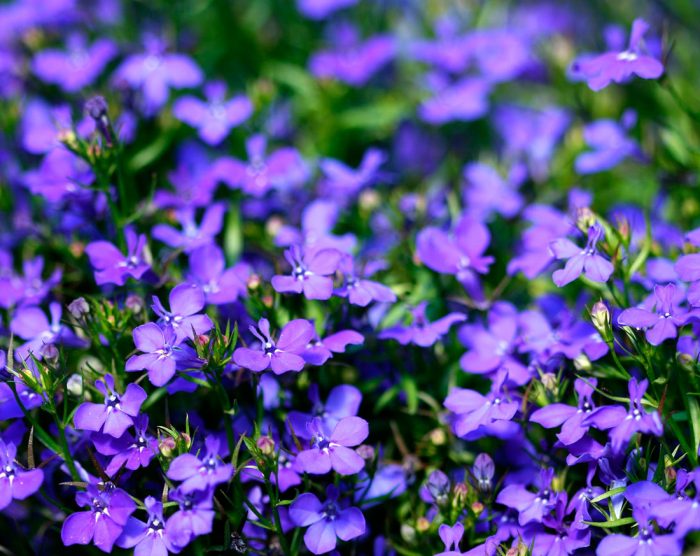
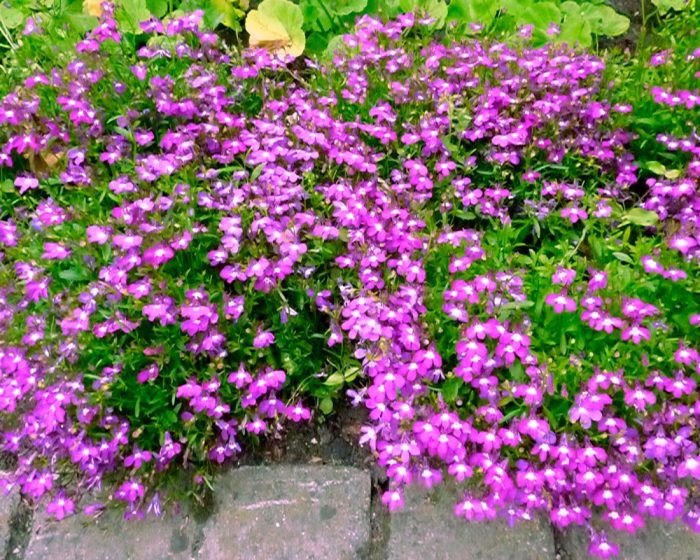
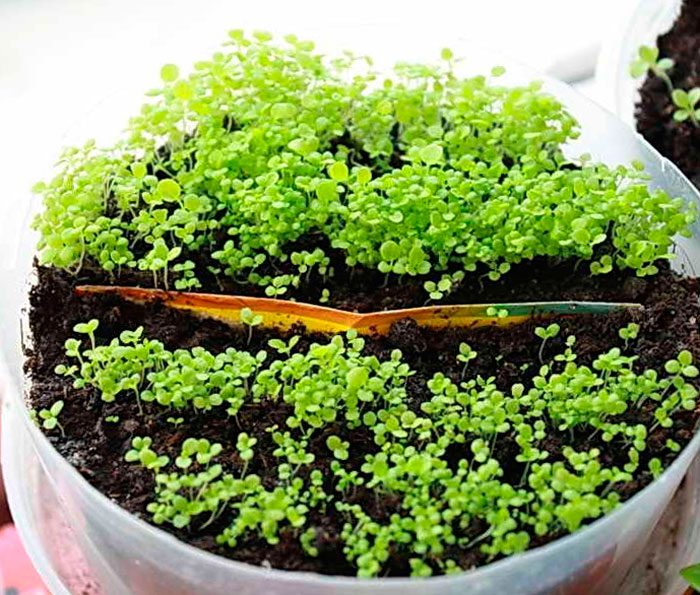
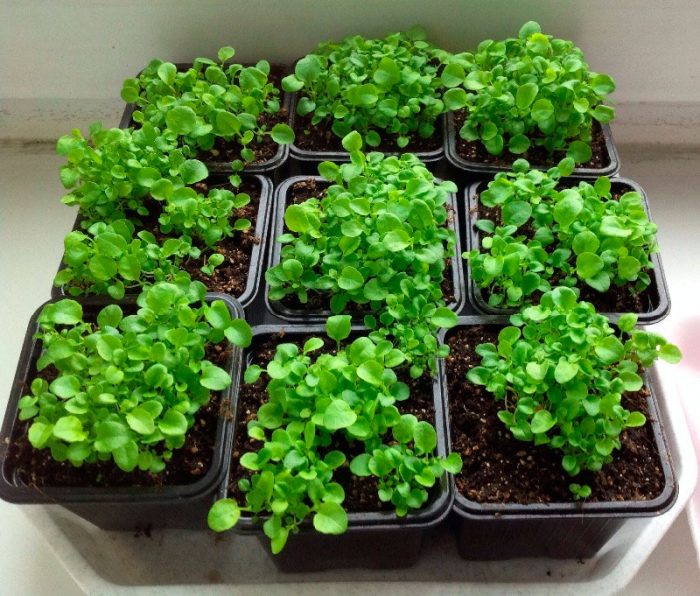
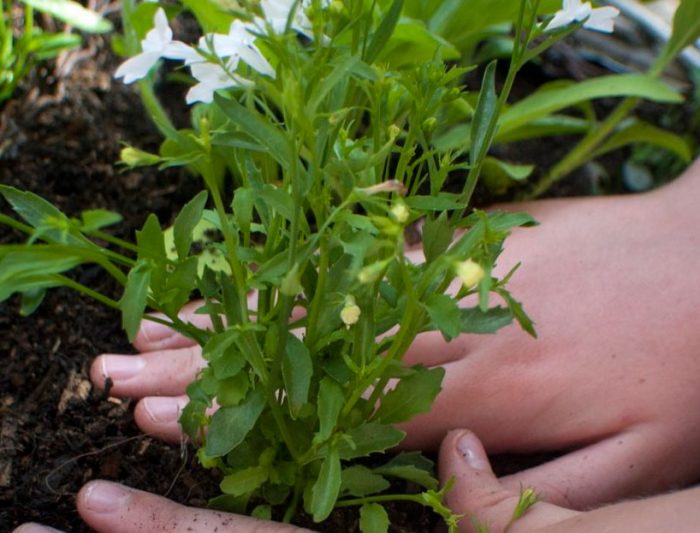
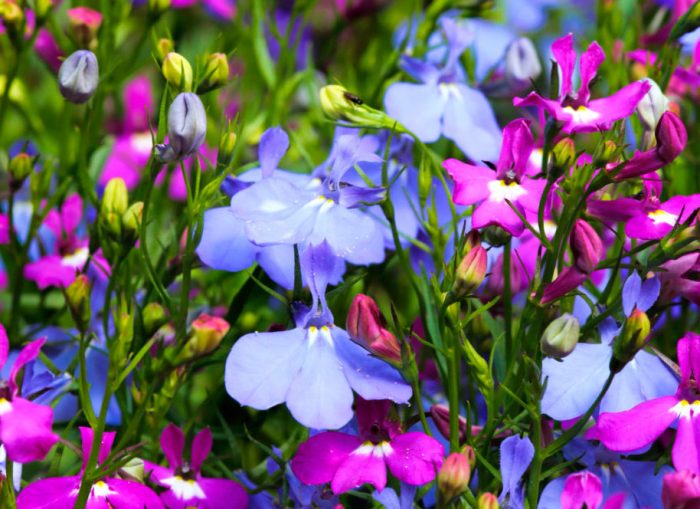
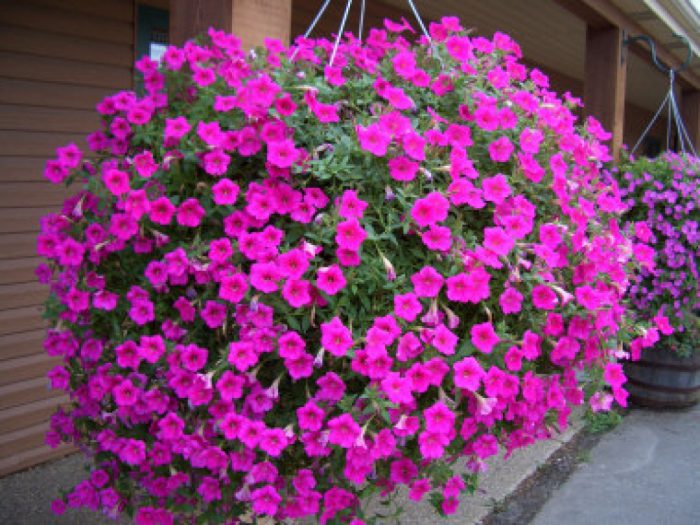
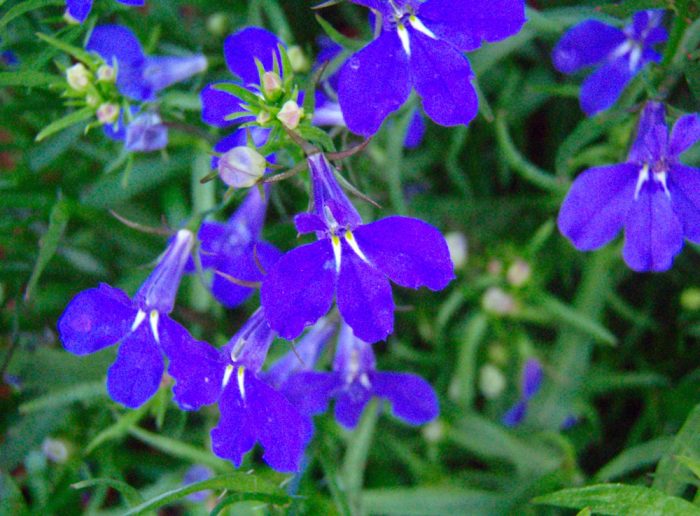
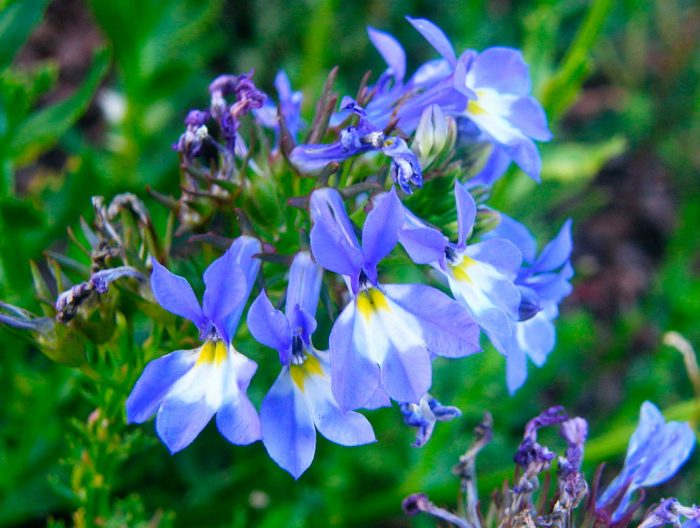
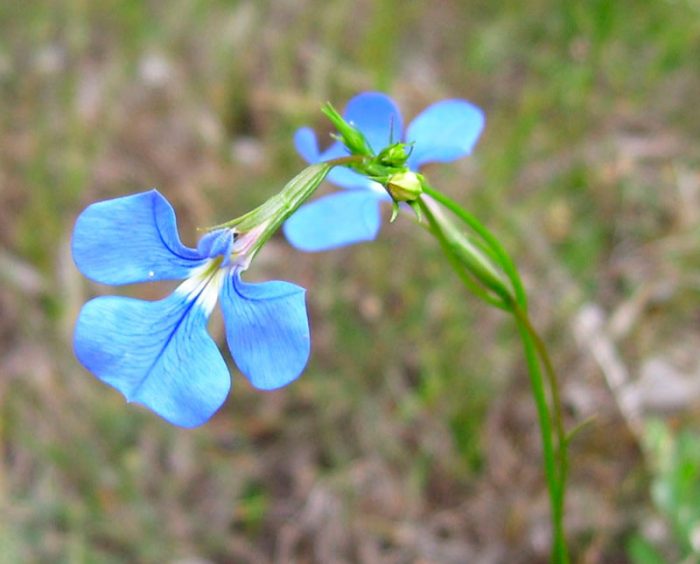
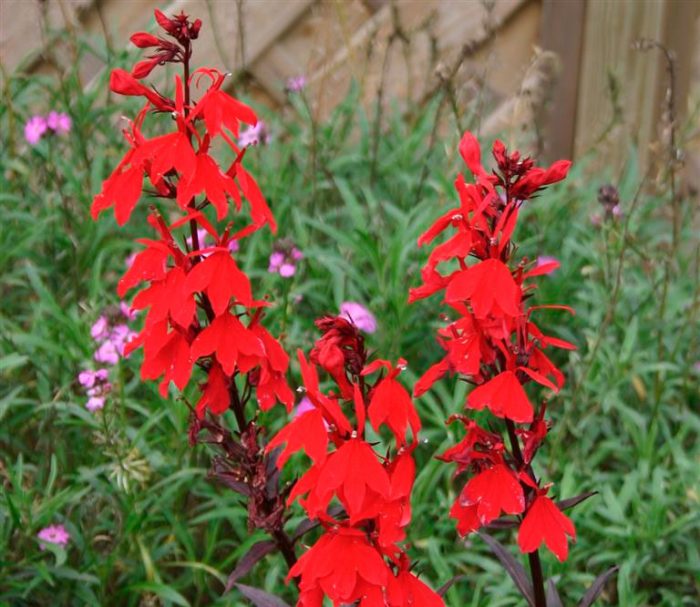
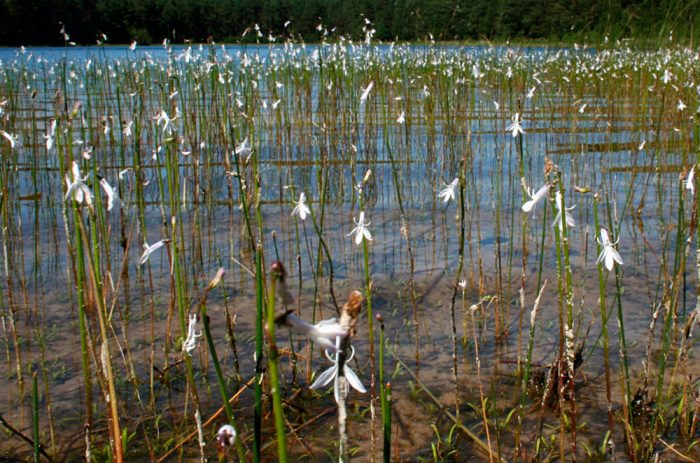
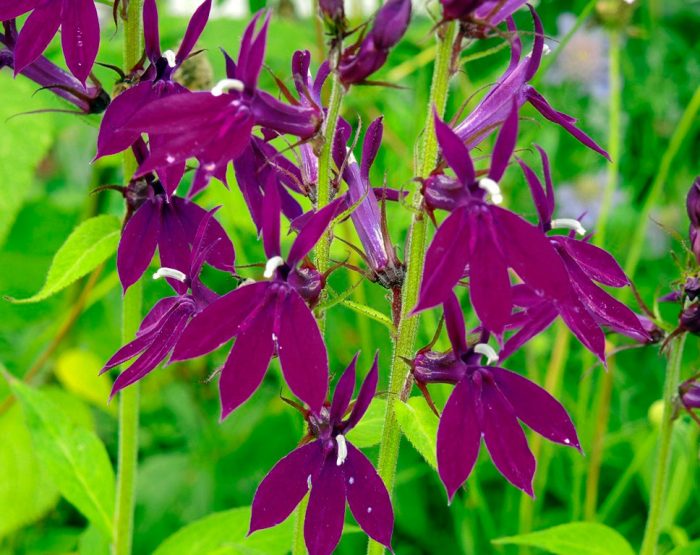
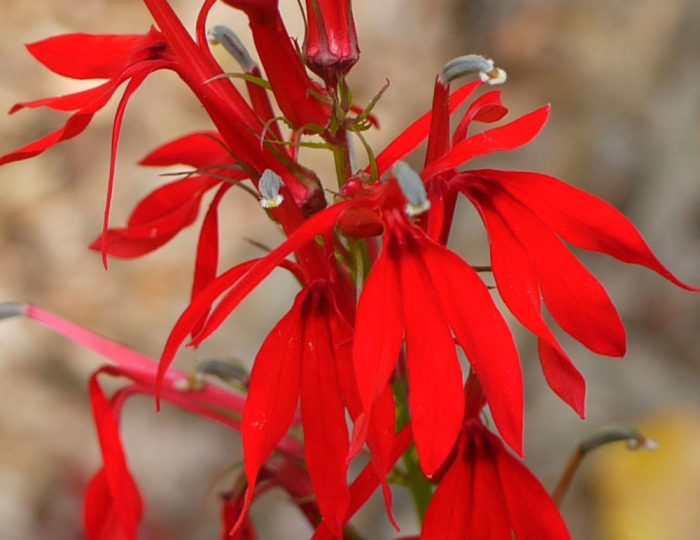
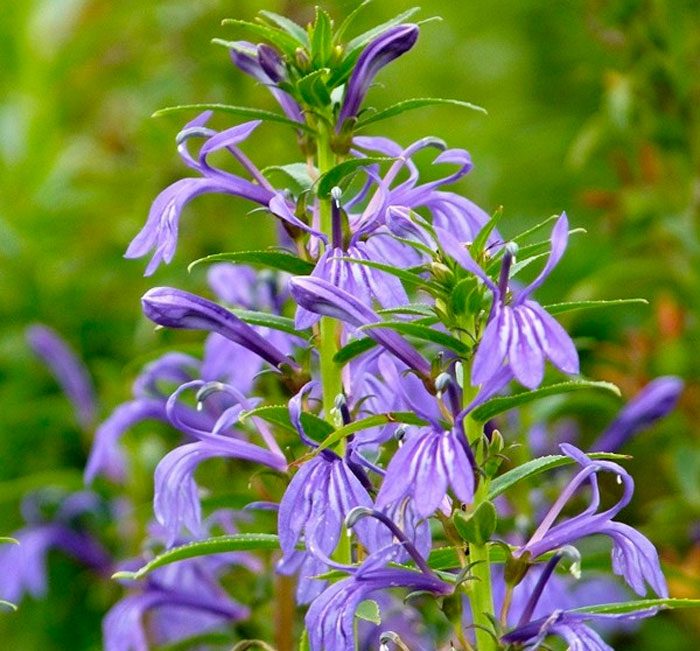
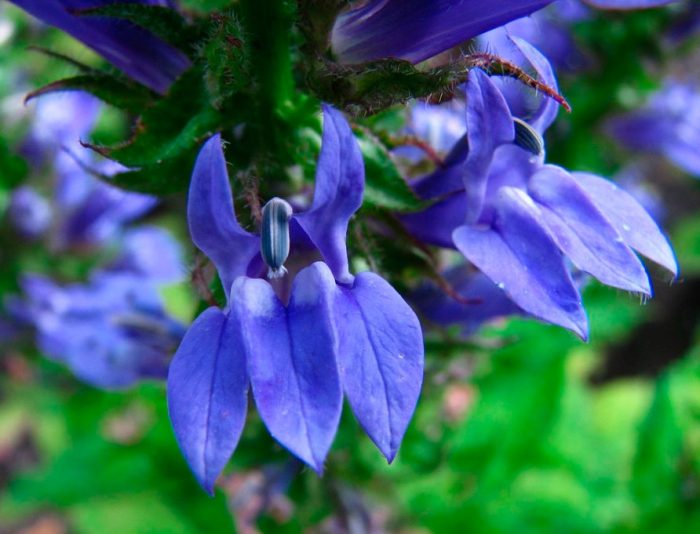
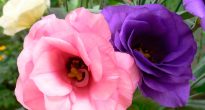


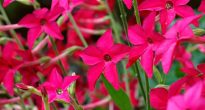






I want to plant this year, I really like these flowers. But small seeds directly panic me.
Well, OooChen just rises. The main thing is, when it rises, do not overdry or overflow. Sit as in the photo - in piles. Or tablets. But I personally am not on friendly terms with pills. Without illumination, it stretches. We have the Urals, we plant in March. We sowed in a damp ground and covered it with either glass or stretch. Let's breathe sometimes so that it doesn't get moldy. The whole problem is pulling. Therefore, we have lamps.
plant the snow on the snow, lay it on the top of the soil, level it and sow seeds over the snow, the snow will melt and pull the seed to the soil Cover the container with a film, the shoots will appear in 5-7 days so you can sow petunia strawberries and I think all the small seeds